Purchased my first PSA card! pkmntcgcollections
First post-op uPSA ≥0.03 conferred the highest risk (HR 8.5, p<0.0001) and discerned cBCR with greater sensitivity than undetectable first conventional PSA (70% vs. 46%). Any post-op PSA ≥0.03 captured all failures missed by first post-op value (100% sensitivity) with accuracy (96% specificity).

¿Cuál es la diferencia entre PSA libre y PSA total?
Purpose Prostate-specific antigen (PSA) is thought to be undetectable (< 0.1 ng/mL) after radical prostatectomy (RP), and persistent PSA (≥ 0.1 ng/mL) is considered a failure of curative treatment. Materials and Methods The study population consisted of 135 patients, all of whom underwent RP for localized prostate cancer, and developed persistent PSA. We set the starting point at the timing.

Fantastica r/DilettaLeotta
September 2010 edited March 2014 #1. My post surgery PSA was 0.1. My doctor, who wants me to have follow up radiation, says the magic number is <0.1, that 0.1 says there is something there to measure. I've read other places that >0.1 says there is possibly something there. I'm having another PSA soon but wonder if 0.1 is something to worry about.
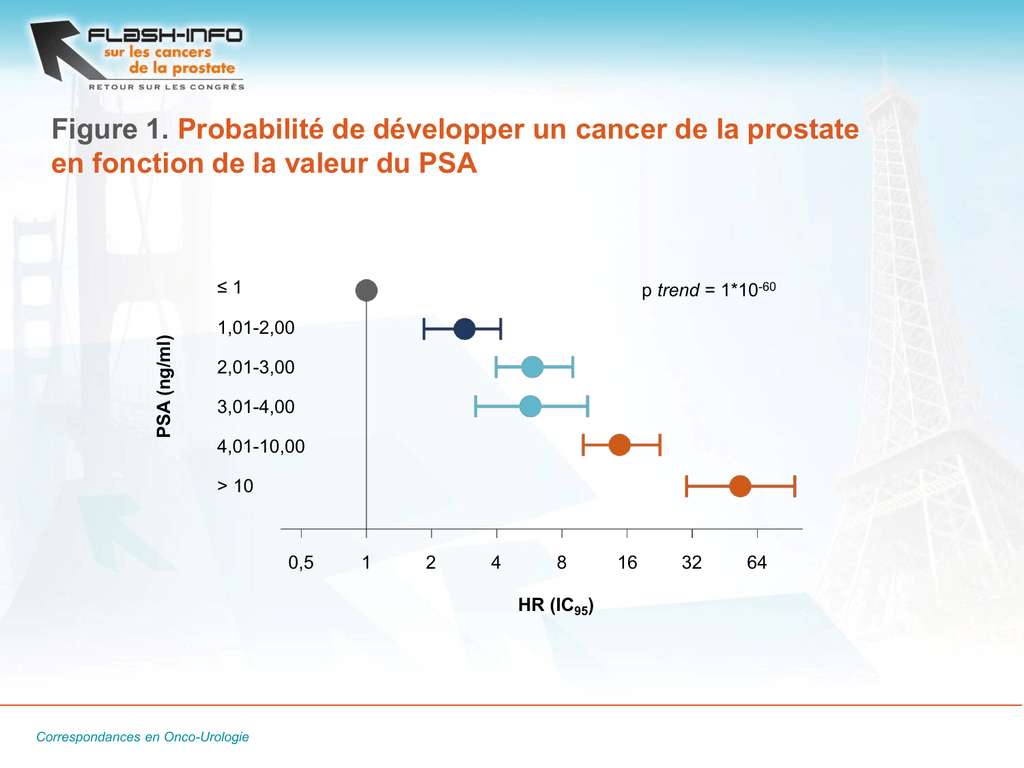
PSA (ng/ml)
Recently, other papers have shown PSA persistence (>0.1 ng/mL) at 4-8 weeks after RP to also predict disease recurrence, cancer-specific mortality (CSM), and overall mortality (OM). We hypothesized that PSA persistence (>0.1 mg/mL) at 4-8 weeks would influence these oncologic and survival outcomes in PCa patients treated with RP and there.
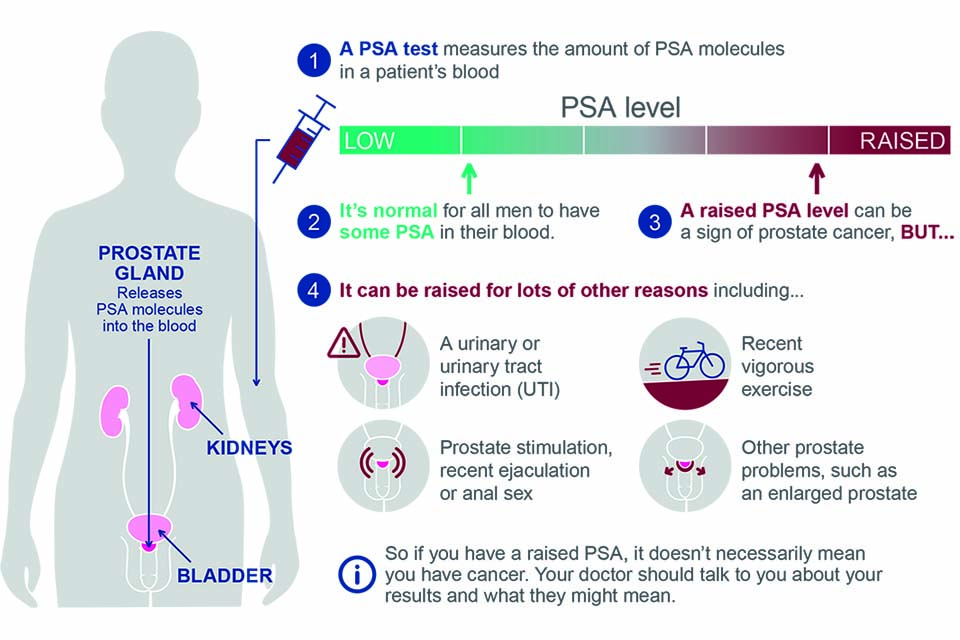
Guidance updated on PSA testing for prostate cancer PHE Screening
Purpose The aim of the study is to evaluate the impact of having a nadir and persistently detectable ultrasensitive prostate-specific antigen (uPSA) between 0.01 and 0.1 ng/ml post-robot-assisted radical prostatectomy (RARP), on future biochemical recurrence (BCR). Methods We conducted a retrospective analysis of a prospectively maintained cohort of 1359 men who underwent RARP, between 2006.
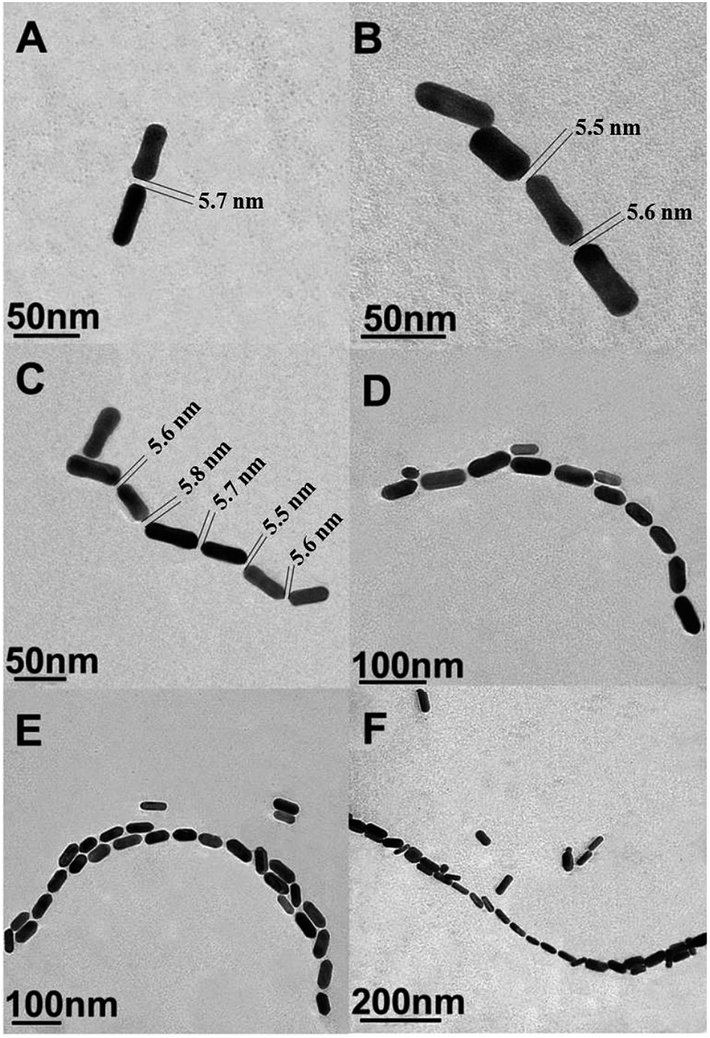
Rational design of Au nanorods assemblies for highly sensitive and selective SERS detection of
PSA Level Risk Analysis. 15% of men with a PSA level less than 4 ng/ml go on to develop prostate cancer.; 31% of men with PSA levels between 4 - 10 ng/ml have shown to develop prostate cancer.; 50% - 65% of men with psa scores over 10 ng/ml develop prostate cancer.; An important part of the your results is finding both the; 1. Total amount of PSA in your blood.

What is a PSA Test? YouTube
Doctors tend to follow the PSA levels every few months to look for trends. A one-time, small rise in PSA might be cause for closer monitoring, but it might not mean that the cancer is still there (or has returned), as PSA levels can fluctuate slightly from time to time. However, a PSA that is rising on consecutive tests after treatment might.

depression. r/walmart
Technically, someone with any PSA level can have prostate cancer; that's not the only thing we look at when assessing a patient. Generally speaking, though, PSA levels for men who are: Age 60 or older: should be at or below 4.0 mg/mL. Age 59 or younger: should be at or below 2.5 mg/mL. The average PSA for men in the younger group is <1.0 mg/mL.

¿En qué consiste el análisis del PSA para ver cómo está la próstata? MediConsultas YouTube
In general, it is accepted that a PSA level above 4.0 ng/mL is considered to be on the high end. The National Comprehensive Cancer Network outlines the current PSA results: Less than 1 ng/mL is considered benign. Men with increased risk should repeat testing at 2 to 4-year intervals. 1 to 3 ng/mL is generally within the safe range in most men.
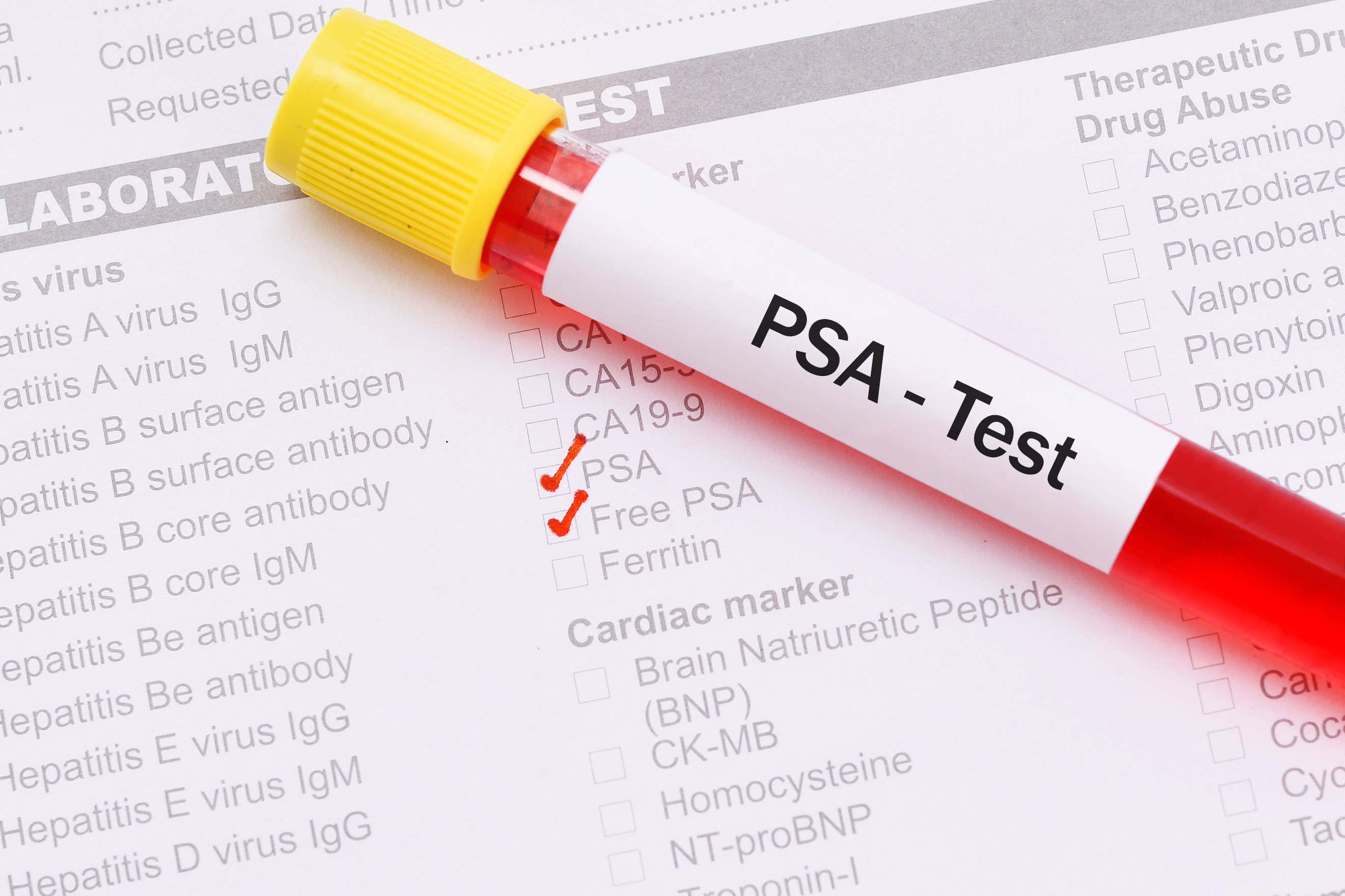
What is the difference between PSA and free PSA? Harvard Health
Generally, the higher the PSA level, the more indicative it is of prostate cancer, and an ongoing rise in PSA levels may also signal prostate cancer. Men whose PSA level is between 4.0 ng/mL and 10 ng/mL have a one in four chance of having prostate cancer. When a PSA level is over 10 ng/mL, there is a more than 50 percent chance of having.

Prostate cancer and PSA test results what happens next? YouTube
There is no specific normal or abnormal level of PSA in the blood. In the past, PSA levels of 4.0 ng/mL and lower were considered normal. However, some individuals with PSA levels below 4.0 ng/mL have prostate cancer and many with higher PSA levels between 4 and 10 ng/mL do not have prostate cancer ().In addition, various factors can cause someone's PSA level to fluctuate.

Prostate Specific Antigen PSA Levels and What They Mean BLACKDIAMONDBUZZ
Being born with a larger-than-normal prostate. A PSA in the range of 4-10 nanograms per milliliter is linked to a 25% chance of prostate cancer. Most people with a PSA below 4 nanograms per.

PSA 0 YouTube
1.1.11.1. The outcomes that matter most While the committee agreed a timely referral and diagnosis of prostate cancer was important, they also thought resource impact and the burden of overtreatment should be considered when deciding to adopt a fixed or age adjusted PSA threshold.

PSAが高いと言われた方へ 診療対象の症状 かとう泌尿器科クリニック
PSA levels between 4.0 and 10.0 ng/mL might suggest the poss ibility of prostate cancer (in about 25 percent of cases) or BPH.; The PSA levels above 10.0 ng/mL should be urgently discussed with your doctor because these are associated with a 50 percent chance of having prostate cancer.; The levels from 0.25 ng/mL to 4 ng/mL along with symptoms of prostate enlargement (urinary retention.

DOC2US Your trusted online doctor
PSA-Wiederanstieg nach Operation. • Nach einer operativen Entfernung der Prostata wegen Prostatakrebs (radikale Prostatektomie) fällt der Wert des Prostata-spezifischen Antigens (PSA) innerhalb weniger Wochen in einen nicht nachweisbaren Bereich ab. Steigt der PSA-Wert erneut an, besteht der Ver- dacht auf einen Rückfall (Rezidiv).

SciELO Brasil PSA before 40 years of age PSA before 40 years of age
The PSA test measures the level of prostate-specific antigen in your blood. The lab will report your results in nanograms of PSA per milliliter (ng/mL) of blood. Only the prostate gland releases.
- Blühende Sträucher Für Den Schatten
- Der Koenig Der Loewen Hamburg
- Wieviel Rattengift Muss Eine Ratte Fressen
- Rasenkante Metall 20 Cm Hoch
- Stabilo Baumarkt Fachmarkt Duisburg
- Hanns Guck In Die Luft
- Ernst August Von Hannover Geschwister
- Stadt In Italien 5 Buchstaben Beginnend Mit A
- Wie Lange Hält Die Tetanus Impfung
- How To Get Away With A Murderer Staffel 2